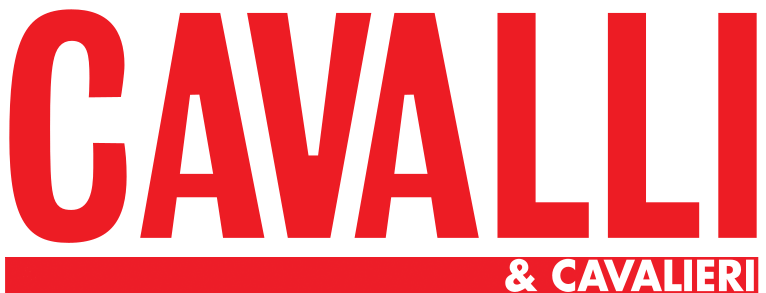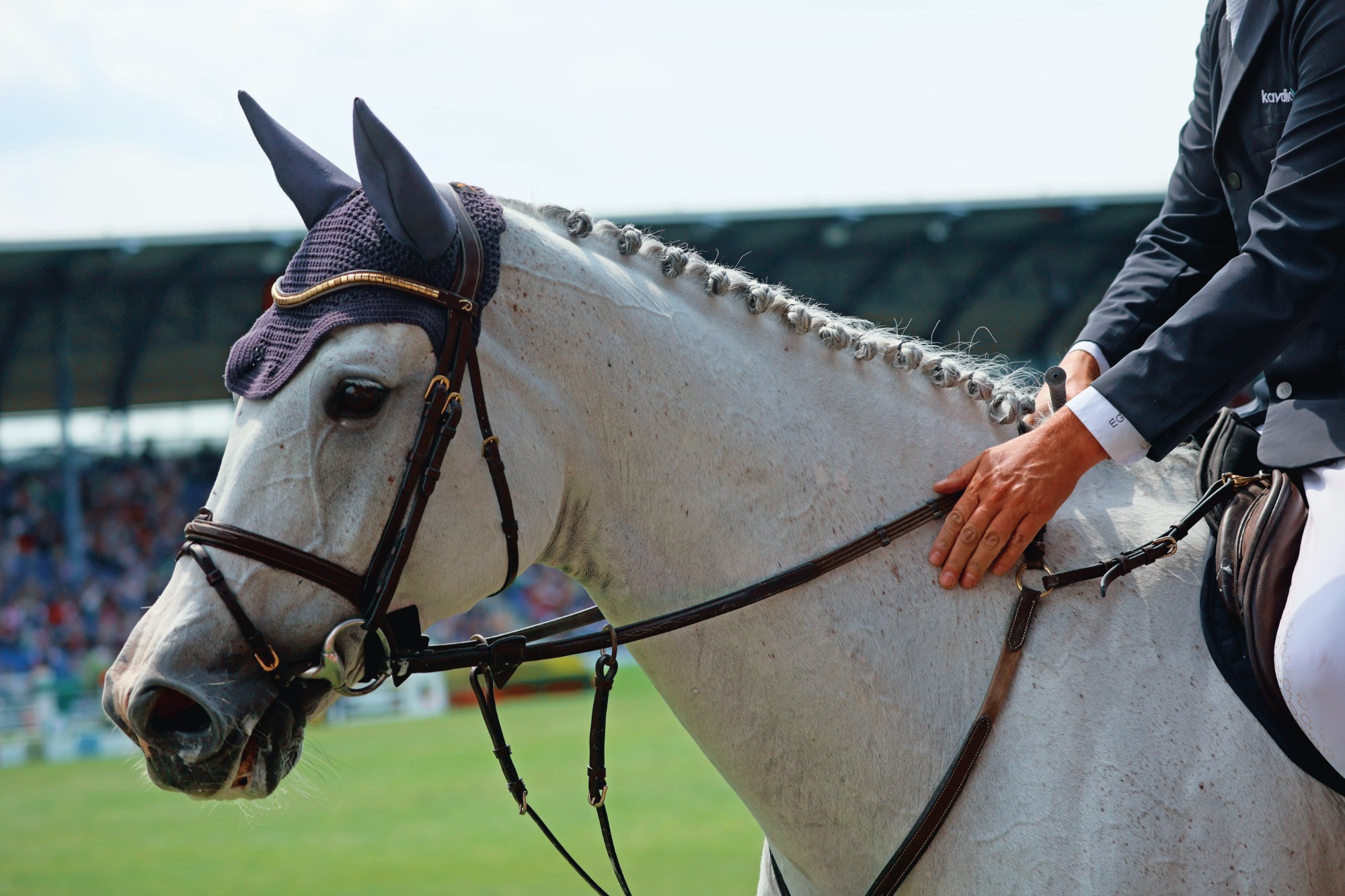Are Nosebands too tight?
Angelo Telatin
Professor at Delaware Valley University, Fellow of the British Horse Society, Board member of International Society for Equitation Science
Silvia Missaggia
‘La voce dei cavalli the voice of horses’
From the 1st of May 2025, the FEI has officially introduced and enforced an important new rule: the tightness of the noseband on the horse’s muzzle will be checked using a special instrument during competitions. No more ‘two-finger checks’, which are subject to subjectivity, but a standard measuring device will be used: the FEI Measuring Device, 1.7 cm thick, which must slide effortlessly between the nasal bone and the noseband. If it doesn’t fit… you have to loosen it!
The checks can be carried out by an FEI Steward both before and after the competition. If the measurement does not comply with the parameters, the rider must adjust the bridle and noseband until the device fits easily. What if he refuses? He won’t be able to compete. If the check is carried out after the competition and the noseband is found to be too tight, he will be eliminated from the rankings and he will be given a yellow card.
To make this system a standard in all equestrian disciplines recognized by the FEI.
Of course, the decision has sparked controversy: on the one side, those who applaud the initiative as a step forward for the well-being of the horse, on the other, those who see it as useless interference. But what does science really tell us?
Nosebands and stress: what the studies say
In 2016, a study published in PLoS One analyzed the effects of tight nosebands on the behavior and physiological parameters of 12 horses ridden with a bridle and a Swedish noseband. The horses were observed in four conditions, from ‘open noseband’ to ‘a very tight noseband’.
The results were clear: when the noseband was very tight, the horses showed higher heart rates and increased eye temperatures – all indicators of stress. Not only that: no yawning, no freedom for the tongue to move, almost no chewing. When the bridle was finally removed, the horses showed unmistakable signs of relief, exaggerating all the above behaviour, as if trying to make up for lost time.
And it doesn’t end there.
In 2020, a study was published in Animals. It analyzed 144 skulls of sport horses, looking for signs of injury or bone thickening caused by prolonged pressure in the nose area. More than half had changes consistent with continued use of very tight nosebands, particularly on the nasal bones.
In 2024, another study published in Veterinary Medicine and Science investigated the effects of tight nosebands on the upper airway. Horses that were exercised with closed nosebands had more secretions, signs of pain, and in some cases even collapse of pharyngeal structures. A big problem, especially for an athlete who needs to breathe well to perform at his best!
The horse that opens his mouth is talking
For the horse, opening his mouth is a form of communication. It is the way in which the horse tells us: ‘Something is wrong’. Nosebands used to ‘close the horses’ mouth’ do nothing but silence their voice, preventing them from expressing discomfort or pain. It is a bit like silencing someone who is asking for help.
And this is when we need to ask ourselves: how many of us riders tighten ‘an extra hole just in case’? How many times do we prefer ‘not to hear’ what the horse is trying to say? It is useful to stop for a moment and ask ourselves: am I really listening to my horse?
A simple gesture like loosening a noseband can make a huge difference to his well-being. But being compliant to the rule only at competitions it’s not enough.
But being compliant to the rule only at competitions it’s not enough. The real challenge is to bring this attention to our daily work, at home, when no one is watching. That is where the most important game is played. The risk is that of ‘masking’ the bridle’s fit just long enough to pass an official check, and then reinstating the tightness and returning to old habits.
A small tool, a big message
The FEI measuring device may seem like a small change, but in reality it represents a great cultural message: the horse is not a competition tool, but a partner and fellow athlete who deserves respect, listening and protection. This regulatory innovation is a step forward, but it must not be the end. We need to continue working on the training of riders’ awareness, on the loss of coercive tools and on a broader change that affects the entire equestrian culture.
Because horse riding, before being technique and result, is a relationship di essere tecnica e risultato, è relazione.
And every healthy relationship starts from a simple principle: listening to your partner.
The horse has no voice to explain, but he has a thousand ways to make himself understood.
It is up to us to have the humility to listen to him.
Photo credits Stefano Secchi




